Foraging in January: Wild Edibles
📗 Let's explore more wonderful foraging tips from "The Edible City: A Year of Wild Food" book by John Rensten. Here's a quick reminder who John is. He's an author, Forage London founder and frustrated middle aged rock climber. He lived, worked and foraged in London for 20 years before finally escaping to Dorset, via Hampshire, in 2016 to concentrate on mushroom hunting and coastal foraging. Despite now living in a more rural part of the county, he still runs and organise numerous urban foraging events, wild food walks and mushroom forays.
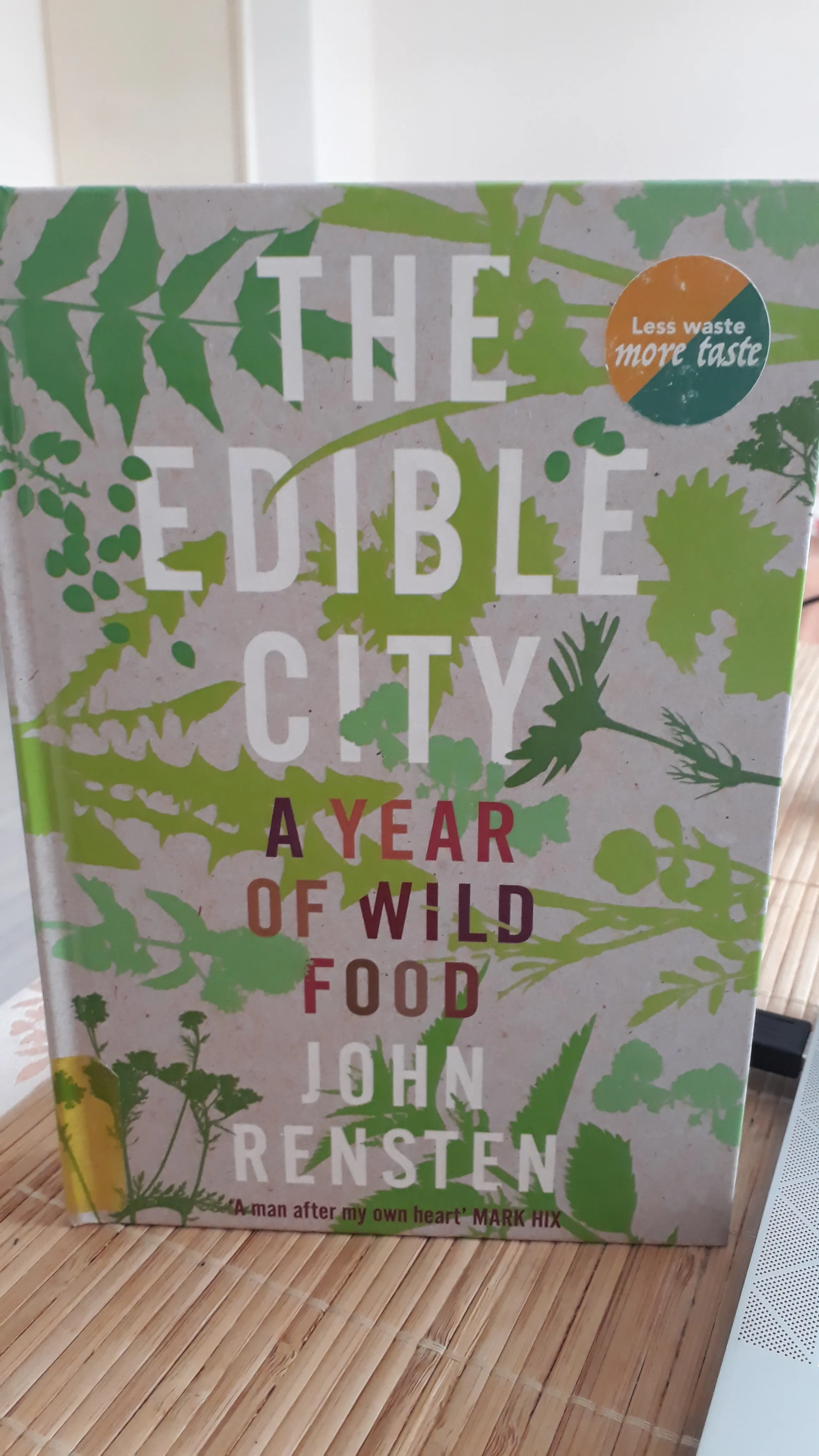
So shall we have a look what John recommend to focus on in January?
Here we go:
- Dandelion (Tanaxacum officinale)
- Cow Parsley (Anthriscus sylvestris)
- Winter Cress (Barbarea vulgaris)
- Crab Apple (Malus 'John Downie')
- Sea Buckthorn (Elaeagnus rhamnoides)
- Japanese mahonia (Berberis japonica)
❄️ It really depends on the weather what you will find. Sometimes winter can be very mild, sometimes is freezing cold. You never know. Some of these "winter greens" can be flourishing and won't get the memo saying it is wintertime.
Let's start with Dandelion; (Tanaxacum officinale)
Parts used: ✅ Leaves, roots, flowers
Harvesting tip: 🌱 Cut the top of the roots before where the leaves join to keep them together
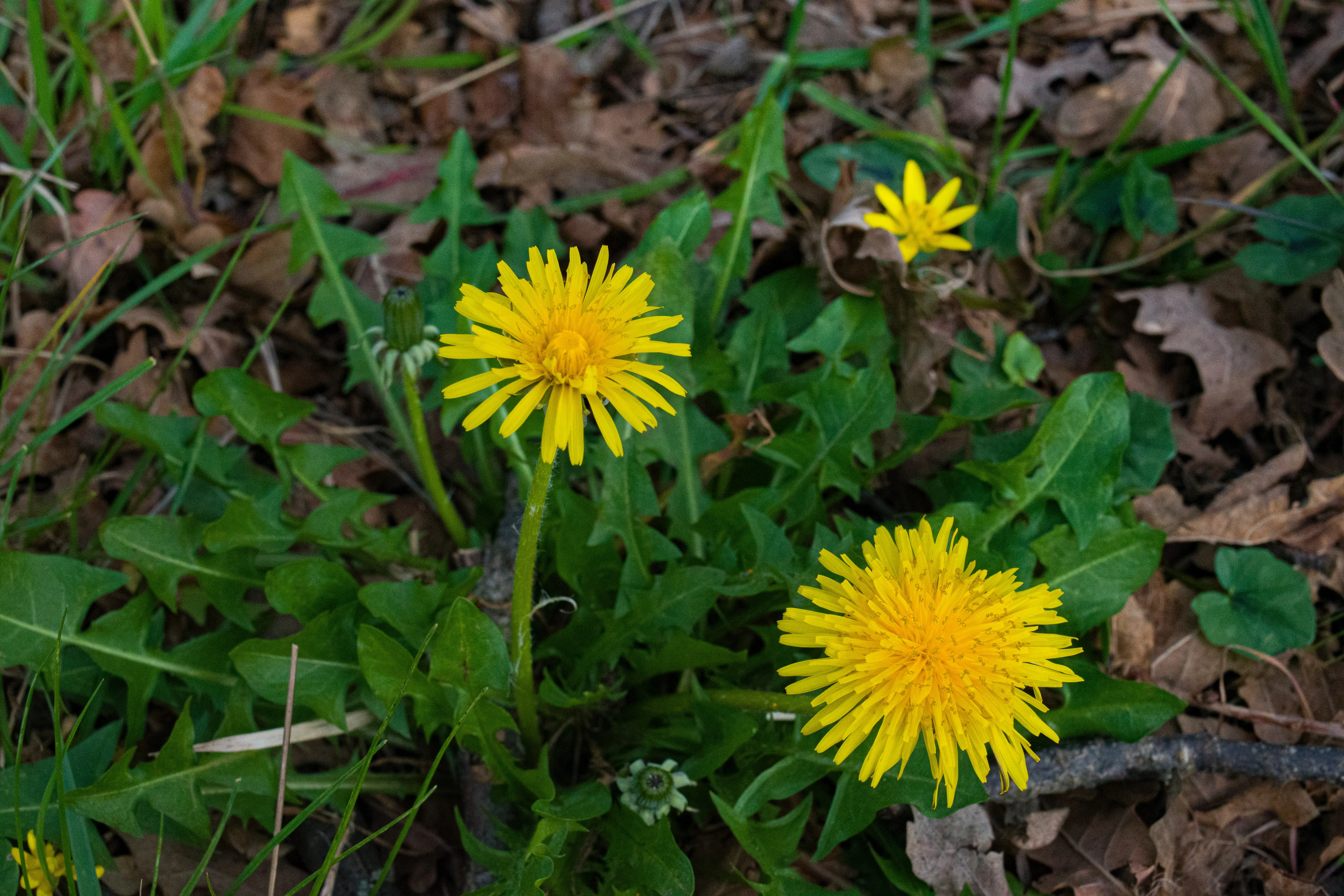
🥣 This winter leaves are great as salads or blended in smoothies, however in winter we crave something hot and hearty. Used them as cooked greens or in soups.
🦁 Without their familiar yellow flowers and the fluffy seed heads, they are still easy to identify with their distinct 'lions tooth' leaves (hence the name, from the French, dent-de-lion). Dandelion leaves can be quite bitter.
☕ Dandelion root, washed, gently roasted in a low oven for a couple of hours and then whizzed in a grinder, makes an excellent coffee substitute.
🍹 Dandelions are extremely versatile, with edible leaves, roost and flowers. If you like bitter greens, which many people do, try the leaves in a salad instead of chicory or wilted with parmesan and a splash of olive oil. Their hollow stems don't make good eating but even these, with a little imagination, can become straws through which to drink wild cocktails.
You can use the leaves in risotto with roasted winter veg.
Cow Parsley; (Anthriscus sylvestris)
Parts used: ✅ Leaves, stems, flowers, seeds
Harvesting tip: ☠️ DO NOT CONFUSE with DEADLY poisonous HEMLOCK (Conium maculatum) or other poisonous lookalikes.

🥕 With feathery green carrot-top leaves, cow parsley is annually the first of the Carrot family to put up new growth and has a second flush in early autumn. It's also the first to flower in the spring, with distinct white umbrella flowers (umbels). John serves the leaves as a salad until they get too tough (usually in late spring), when he starts using them as a cooked green, after which he starts eating the young stems, then the flowers, then the seeds; it's such a versatile plant.
⚠️ Carrot family is a tricky and dangerous place for the novice forager.
John's advice: go on an organized walk with someone very experienced and get them to show you first-hand what is and what isn't edible and how to tell them apart.
The mighty wild green smoothie
🥤 500ml good-quality apple juice (or a mix of juice and water if you prefer), 3-4 handfuls of green leaves, wild ones and/or spinach, chard, etc., 1/2 avocado, juice of 1 lemon, 2.5cm lump of ginger root, 1 garlic clove (optional if drinking first thing in the morning), a big pinch of turmeric, some chilli or cayenne (or honey).
🥬 A daily drink like this will help cleanse the liver and boos the immune system. As a smoothie ingredient, young cow parsley gives a great flavour but it's not vital and unless 100 per cent sure of your identification, substitute the cow parsley with some domestic parsley, dill or chervil. Amongst other wild greens, John added some yarrow, chickweed, dandelion, winter cress, hedge mustard and cleavers, aka sticky weed.
The recipe is simple, so adjust the quantities depending on how much you want to drink and the ingredients based on what you have to hand.
🍏 Blend the apple juice (or a mix of juice and water) with the green leaves, avocado, lemon juice, ginger and garlic. Stir in the turmeric and, if you fancy, a little chilli or cayenne. To go in sweeter direction you could add honey instead of the last two spices.
Winter Cress; (Barbarea vulgaris)
Parts used: ✅ Leaves, seeds
Harvesting tip: ❌ Avoid possibly polluted spots such as tree bases and roadsides where this plant often flourishes
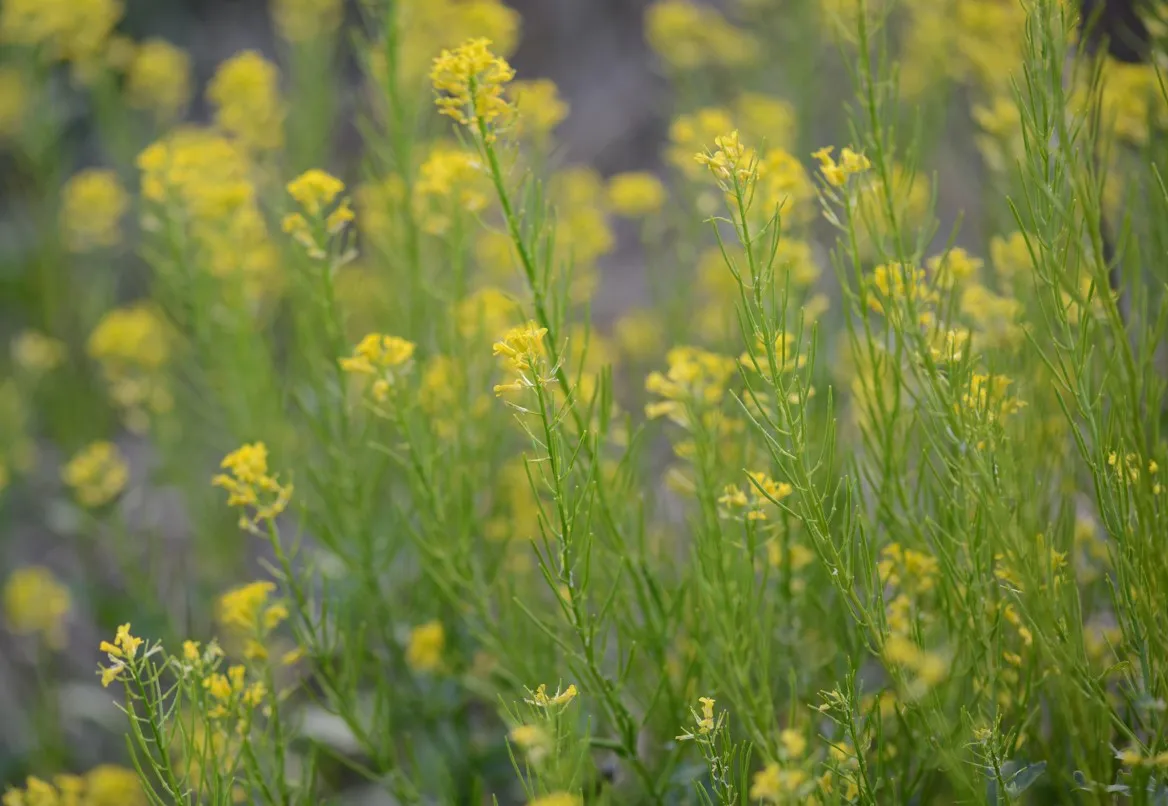
🚀 Winter cress sometimes called yellow rocket, which looks vaguely similar to the rocket you'll recognize from supermarket salad bags, but with thick shiny leaves. It has a very strong flavour you might want to use it sparingly depending on your taste.
It goes very well with wintery soups.
Crab Apple; (Malus 'John Downie')
Parts used: ✅ Fruit
Harvesting tip: ❌ Always avoid bruised or mottled-looking fruit
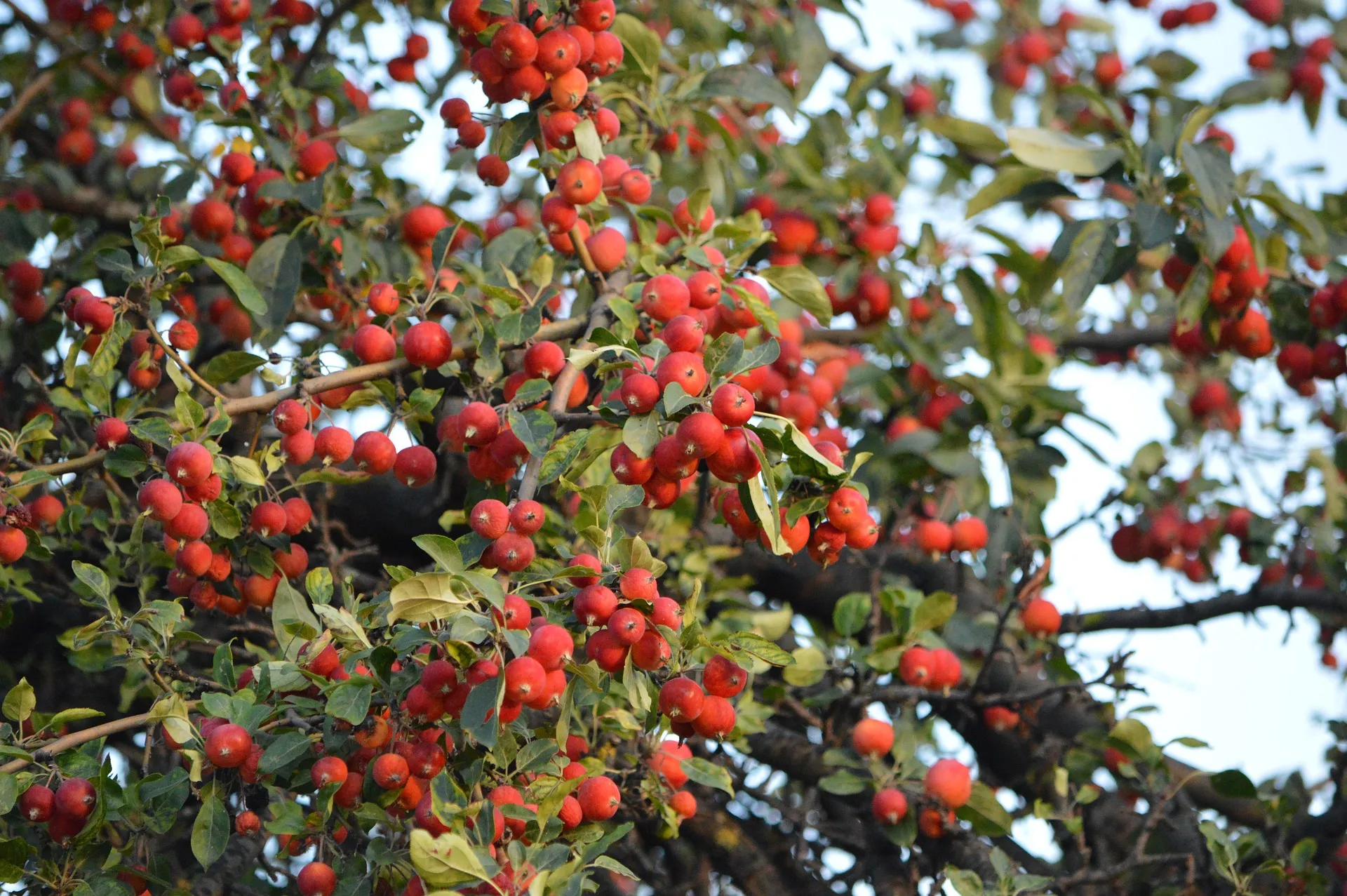
Sea Buckthorn; (Elaeagnus rhamnoides)
Parts used: ✅ Fruit
Harvesting tip: ⚠️ Watch out for those thorns and the exploding berries
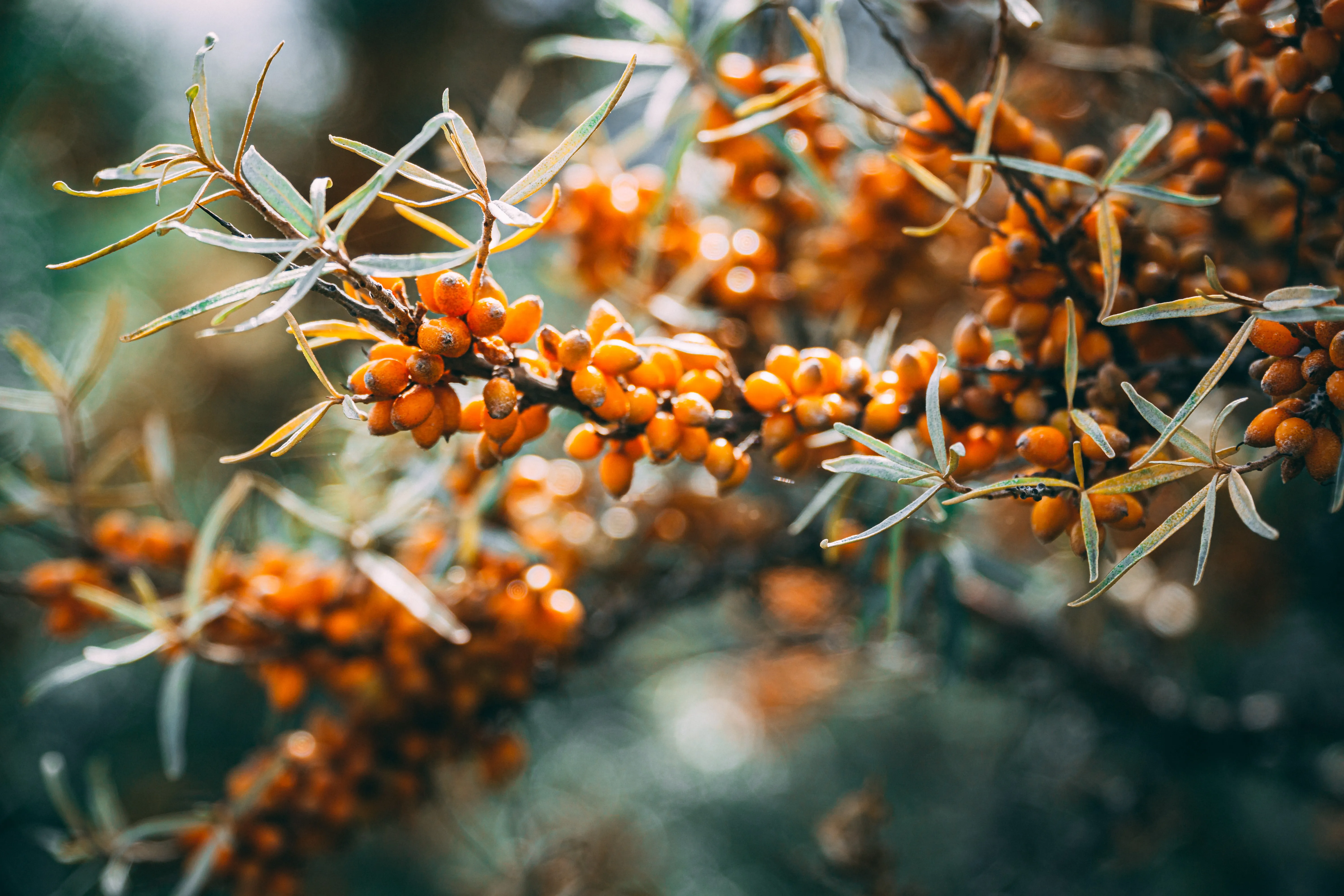
🍊 Sea buckthorn berries are ready to harvest and pick from late summer to autumn and in some areas they can still be picked through winter and after the first frost.
Crab apple fruit chews with sea buckthorn and star anise
500g crab apple, 3-4 handful of sea buckthorn berries, 2 star anise, 1 cinnamon stick (optional), sugar or xylitol fruit sugar, 1/2 banana (optional)
🍎 Traditionally referred to as fruit leathers, these amazing fruit sweets are simple to make, need no added sugar and keep in the freezer if needed, for absolutely ages. Combine both these extreme fruits and you have some truly amazing nibbles.
Chop your crab apples and mix with the sea buckthorn berries, adding 1/2 cup of water for every 4 cups of fruit. Add the star anise, the cinnamon too if you fancy, and simmer it all for about 20 minutes until soft, before giving the mix a good squash with a potato masher. At this point you could add some sugar to taste or a fruit sugar like xylitol or, better still, no sugar at all.
Carry on cooking for another 10 minutes or so before removing the anise and cinnamon and putting it all into blender. The aim is to get a smooth paste, so if you find the mix is too thin, blend in half a banana to help it stiffen slightly.
Lastly, the mixture needs to be smeared, no thicker than 2-3 mm, onto sheets of lightly greased baking paper and dried in a very low oven for 8-10 hours, unless you are lucky enough to have a dehydrator, in which case it takes less time and uses a less power.
Remove the finished chews from their paper, cut them into strips and store in a tin. Alternatively, fold up each sheet of paper with the dried mixtures still on it and put in the freezer. Needles to say this recipe works well with all manner of fruit, whether wild, domestic or a mix of both.
Japanese Mahonia; (Berberis japonica)
Parts used: ✅ Flowers, fruit
Harvesting tip: 💡 Timing is everything; on the right day the flowers taste sweet of sharp like grapefruit, on the wrong day they are quite bitter
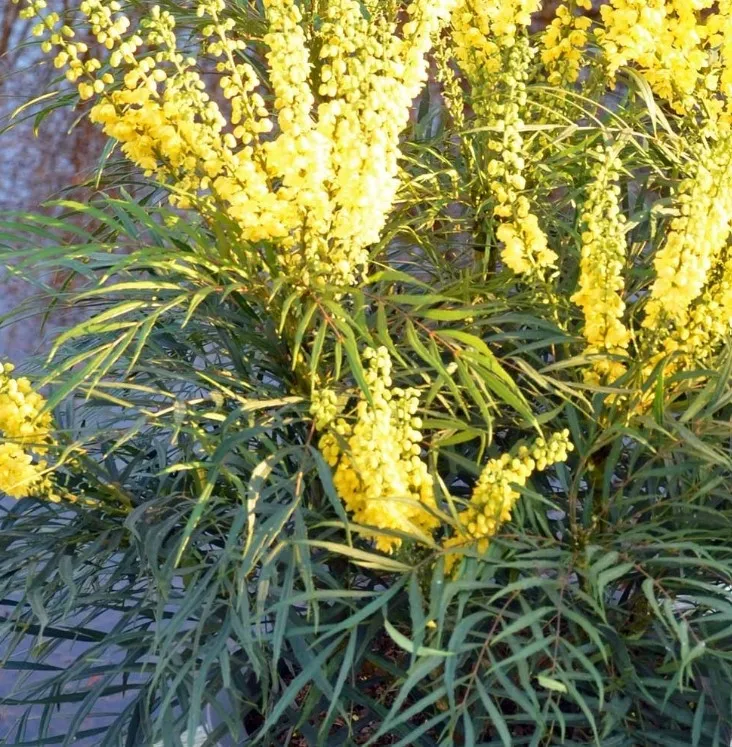
🌻 This is stocky little holly bush with sharp evergreen leaves, big spikes of yellow flowers in the winter and edible purple 'grapes' in the summer. As a salad these flowers are best around early December when they are sweet with a grapefruit tang, but cooked or in smoothies they are useful and attractive whenever you find them.
I hope it inspires you.🥰 Happy foraging! ☃️🚶♀️🚶♂️
From my heart ❤️ to your heart.❤️
